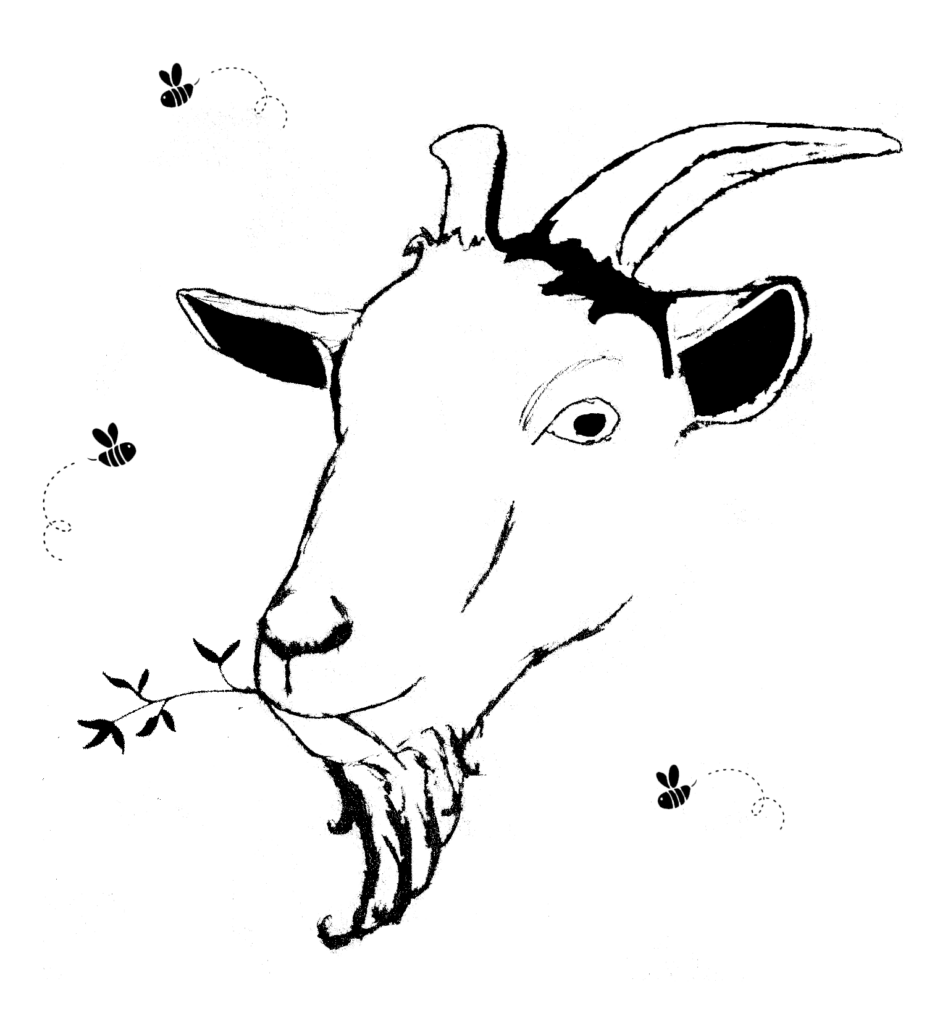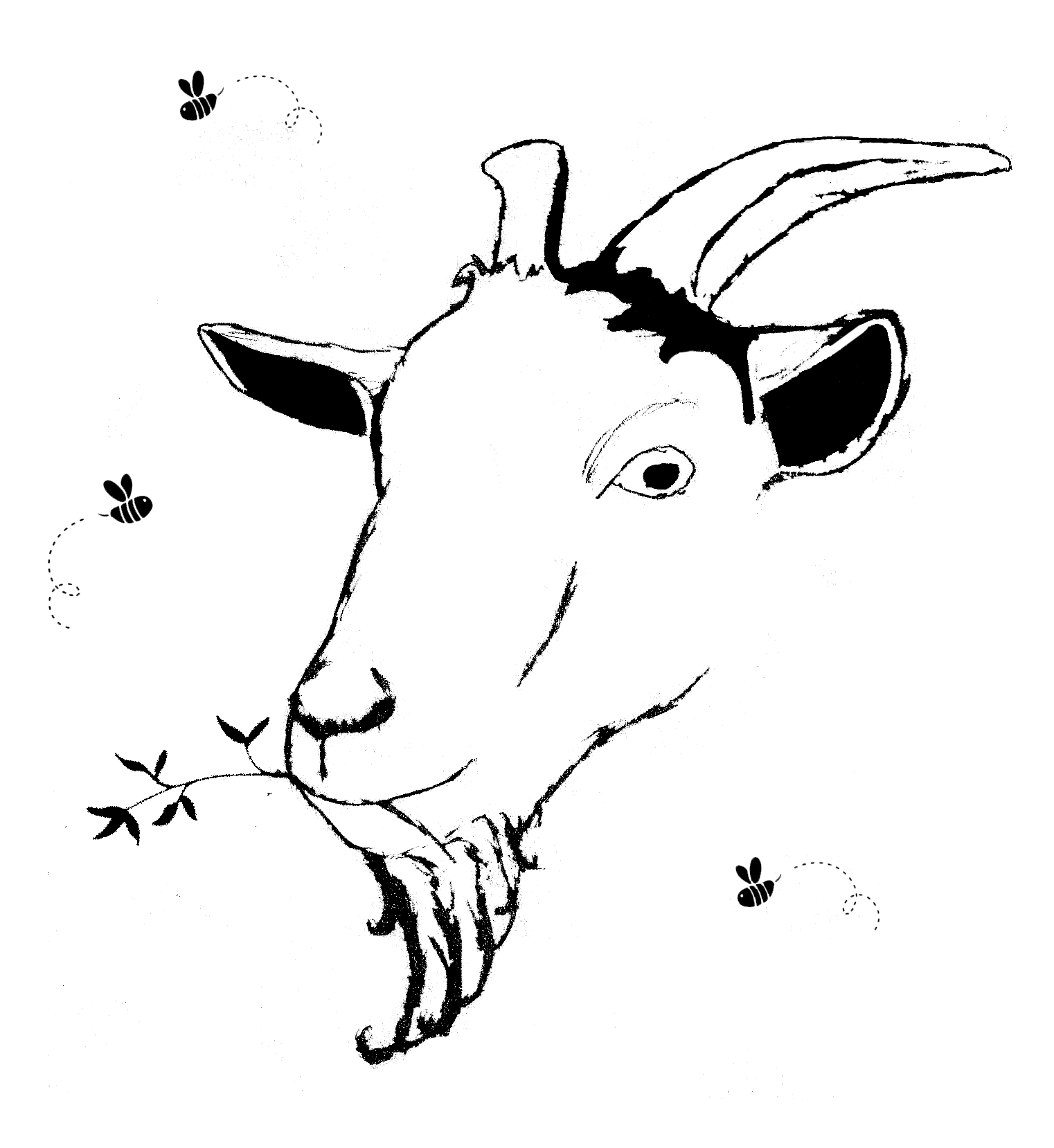Botanical Information
- Family: Asteraceae
- Common Names: Mouse-ear Hawkweed, Pilosella, Hawkweed
- Parts Used: Aerial parts (leaves, stems, flowers)
Description
Hieracium pilosella is a small perennial herb native to Europe and Asia, now found in North America. It is known for its woolly, grey-green leaves and bright yellow flowers. Traditionally, it has been used for respiratory health, urinary support, and wound healing.
Historical and Traditional Uses
- Used in European folk medicine as an expectorant and respiratory tonic.
- Traditionally applied to wounds and skin irritations for healing.
- Known for its diuretic properties, supporting kidney and bladder health.
- Used as a mild astringent for digestive and inflammatory conditions.
Constituents
- Flavonoids
- Tannins
- Coumarins
- Sesquiterpene lactones
- Mucilage
Actions
- Expectorant
- Astringent
- Diuretic
- Anti-inflammatory
- Antimicrobial
- Vulnerary (wound-healing)
Medicinal Uses
1. Respiratory Health:
Mouse-ear Hawkweed is traditionally used for coughs, bronchitis, and excess mucus, helping to clear the lungs and ease breathing.
2. Urinary Tract Support:
Acts as a gentle diuretic, assisting with kidney function and supporting urinary health.
3. Wound Healing and Skin Care:
Used externally as a poultice or wash for wounds, burns, and inflamed skin.
4. Digestive and Liver Support:
Mildly astringent, aiding in digestion and liver detoxification.
5. Anti-inflammatory Benefits:
Helps reduce inflammation internally and externally, supporting joint and skin health.
Preparation and Dosage
Infusion (Tea):
- 1-2 tsp of dried aerial parts per cup of boiling water. Steep for 10-15 minutes and drink up to twice daily.
Tincture:
- 2-4 ml taken up to 3 times daily.
Poultice (Topical Use):
- Crushed fresh leaves applied directly to wounds and skin irritations.
Steam Inhalation:
- A handful of dried leaves in hot water, inhaled for respiratory relief.
Precautions and Contraindications
- Pregnancy and Lactation: Use with caution and consult a healthcare provider.
- Allergies: Avoid if allergic to plants in the Asteraceae family.
- Diuretic Effects: May enhance the effects of pharmaceutical diuretics.
Energetics (Traditional Medicine Perspectives)
- Traditional Western Herbalism: Cooling and drying; supports respiratory function, digestion, and skin health.
- Traditional European Medicine: Used for lung ailments, kidney function, and wound healing.
- Ayurveda: Primarily balances Kapha and Pitta, but excessive use may aggravate Vata.
Combinations
- For Respiratory Support: Combine with mullein and thyme.
- For Urinary Health: Combine with nettle and uva ursi.
- For Wound Healing: Combine with calendula and yarrow.
Harvesting and Storage
- Harvesting: Aerial parts are best collected in late spring to early summer when flowering.
- Drying: Air dry in a well-ventilated, shaded area.
- Storage: Store dried plant material in airtight containers away from moisture and light.
Modern Research
Studies confirm Hieracium pilosella’s expectorant, diuretic, and antimicrobial properties, reinforcing its traditional applications.
Mouse-ear Hawkweed remains a valuable herb in both traditional and modern herbal medicine, particularly for respiratory health, urinary support, and wound healing.

